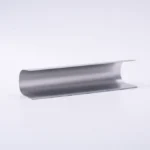-
Hot-Dip Galvanizing Process: Key Steps and Advantages for Long-Lasting Corrosion Protection in Steel Pipes

Hot-dip galvanizing is one of the most reliable and cost-effective surface protection methods for steel pipes used in construction, infrastructure, water transmission, power, and manufacturing. By immersing properly prepared steel into molten zinc, the process…
-
Galvanized Coatings: A Comprehensive Guide to Zinc Thickness, Adhesion, and Corrosion Resistance Testing
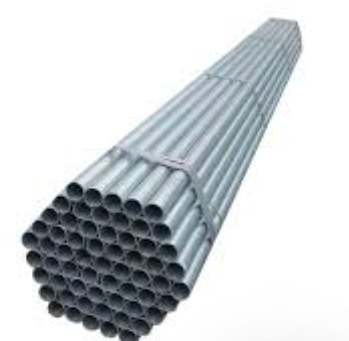
Galvanizing remains one of the most economical and durable strategies to protect steel from corrosion in aggressive atmospheres, splash zones, and buried service. This guide explains how zinc coatings are formed, how to specify and…
-
ERW vs. Seamless Galvanized Pipes: Cost, Strength, and Application Trade-offs for Industrial Projects

Selecting the right galvanized pipe type can make or break an industrial project’s total cost of ownership, schedule reliability, and risk profile. This in-depth guide compares Electric Resistance Welded (ERW) and seamless galvanized pipes across…
-
Stainless Steel Channel Bar: Key Features That Make It a Top Choice for Industrial Framing
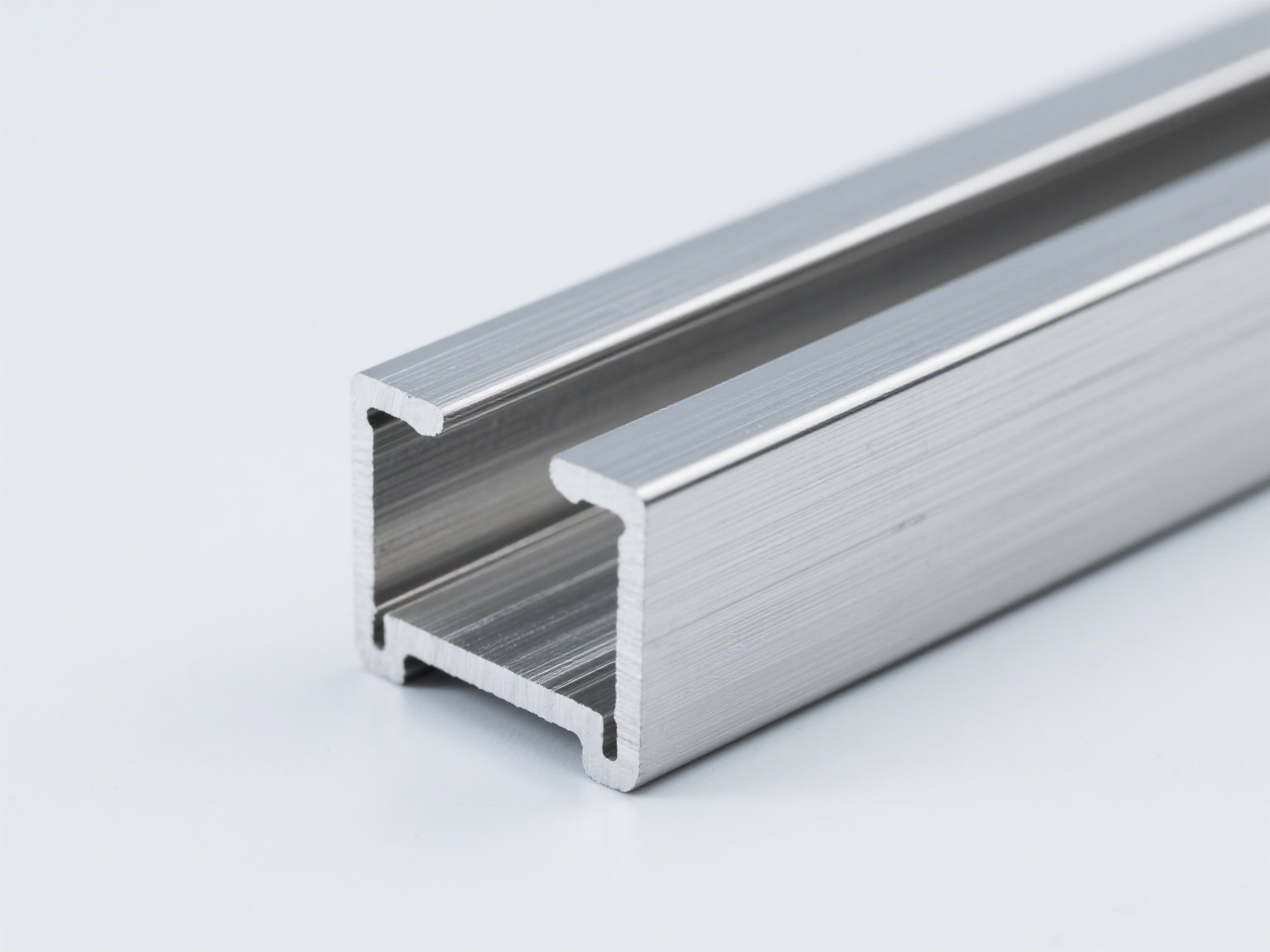
In modern industrial construction and structural engineering, the selection of framing materials plays a critical role in determining durability, safety, and long-term performance. Among the available options, stainless steel channel bar has emerged as a…
-
ASTM A53 Galvanized Steel Pipes: Compliance, Pressure Ratings, and Applications in Water/Gas Distribution Systems
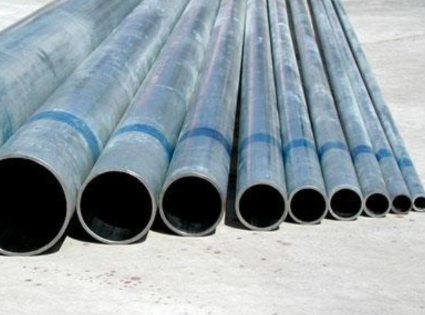
ASTM A53 Galvanized Steel Pipes: Compliance, Pressure Ratings, and Applications in Water/Gas Distribution Systems Related product Related product This in-depth guide explains how ASTM A53 galvanized steel pipes are engineered, tested, and specified for safe,…
-
Structural Galvanized Pipes: Load-Bearing Capacity, Fire Resistance, and Code Compliance in Construction

Structural galvanized pipes play a pivotal role in modern construction where predictable load-bearing capacity, proven fire resistance, and assured code compliance are non-negotiable. By combining the mechanical robustness of steel with the corrosion protection of…
-
Stainless Steel Channel Bar for Chemical Plants: Resistance to Acids and Harsh Environments

In the construction and operation of chemical processing plants, material selection is one of the most critical factors influencing long-term safety, efficiency, and cost-effectiveness. Among the various structural materials available, stainless steel channel bar has…
-
Threaded Galvanized Pipes: Best Practices for Leak-Free Installations and Compatibility with Fittings

Threaded galvanized pipes remain a cornerstone in plumbing, fire protection, light industrial process lines, and HVAC condensate systems because they combine the mechanical convenience of threaded joints with the corrosion resistance of zinc coatings. However,…
-
430 Stainless Steel Channel Bar: All You Need to Know About Its Durability and Applications
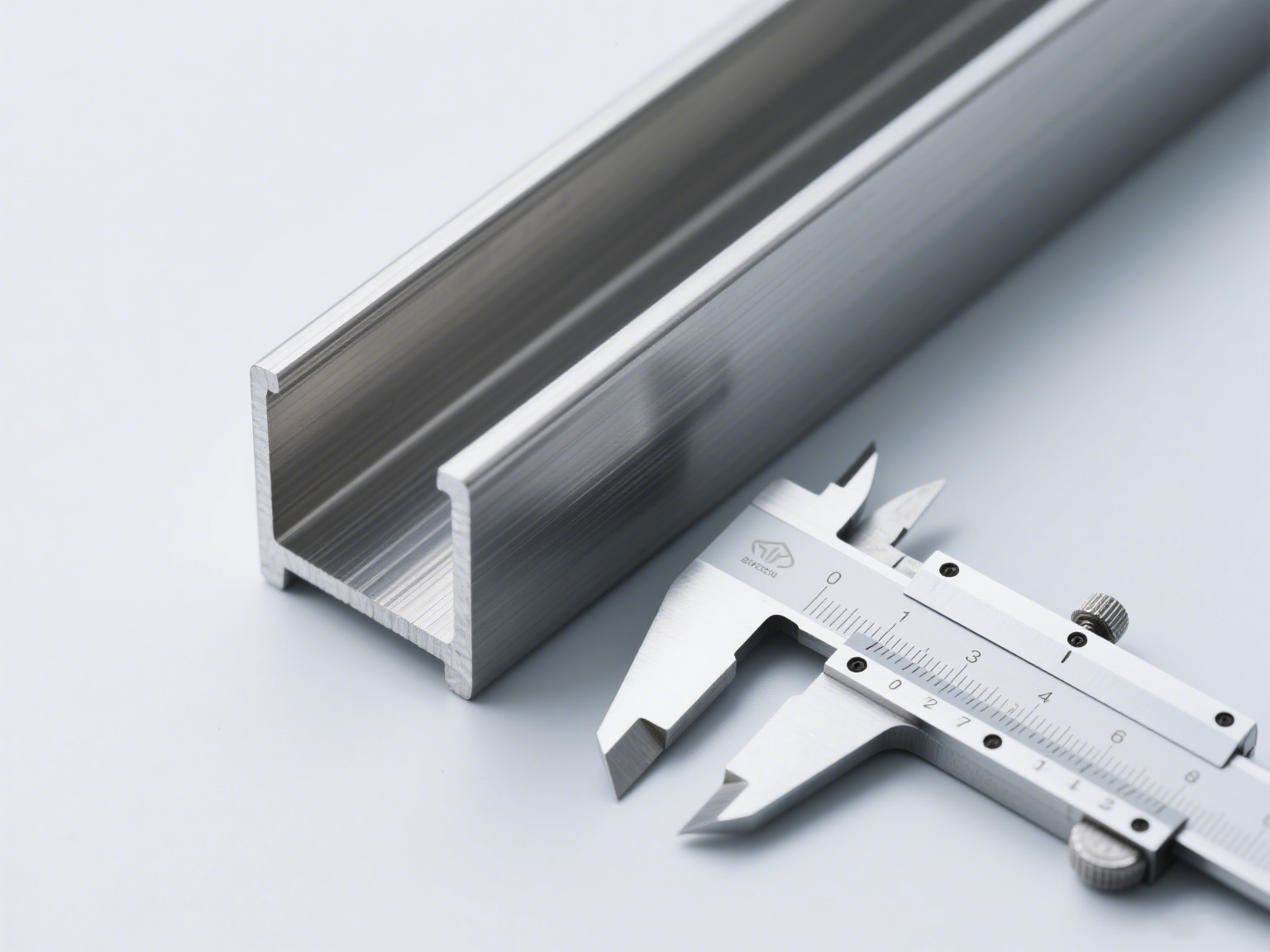
When it comes to durable, cost-effective, and corrosion-resistant structural materials, the 430 Stainless Steel Channel Bar stands out as a preferred choice across various industrial and architectural applications. As a ferritic stainless steel, 430 offers…
-
Stainless Steel Channel Bar Fabrication: Bending, Punching, and Shaping Tips

Stainless steel channel bars are widely used in construction, industrial frameworks, transportation systems, and architectural applications due to their excellent strength-to-weight ratio, corrosion resistance, and aesthetic appeal. Proper fabrication techniques—such as bending, punching, and shaping—are…




